Man Mo Temple is a smoky, atmospheric, magical delight of a temple located in Hong Kong.
Built in 1847 during the Qing Dynasty, it is considered one of the oldest temples in the city and is famous for its saturated hues of gold and red coils of incense.
Table of Contents
About Man Mo Temple
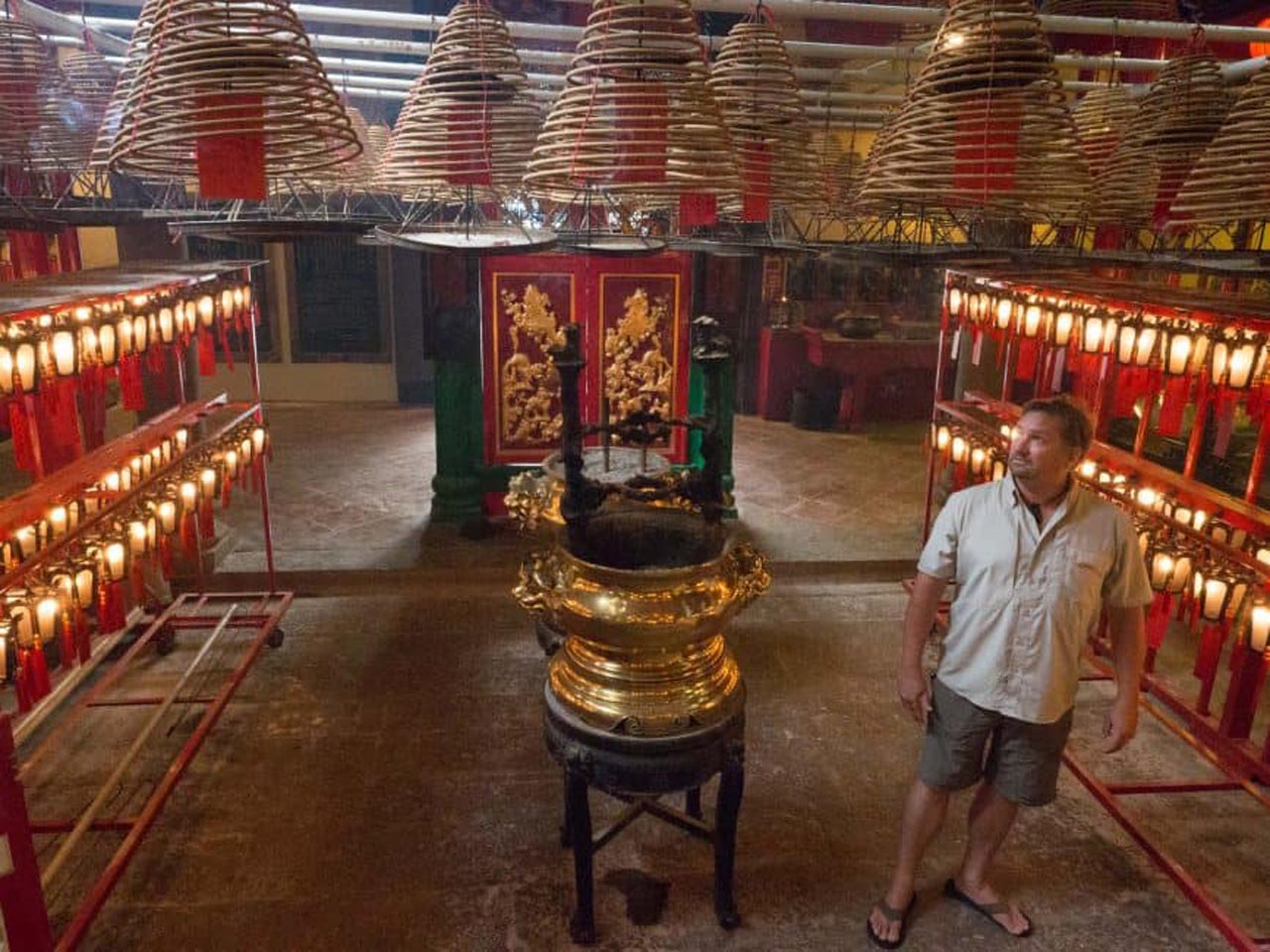
Man Mo Temple has been used to worship both the god of literature, Man and the god of war, Mo.
Where is Man Mo
Its lavish interior invites ancient visions of long ago, while the city’s bustling downtown lies just a few minutes away, creating a contrast that is at once captivating and delightfully mysterious.
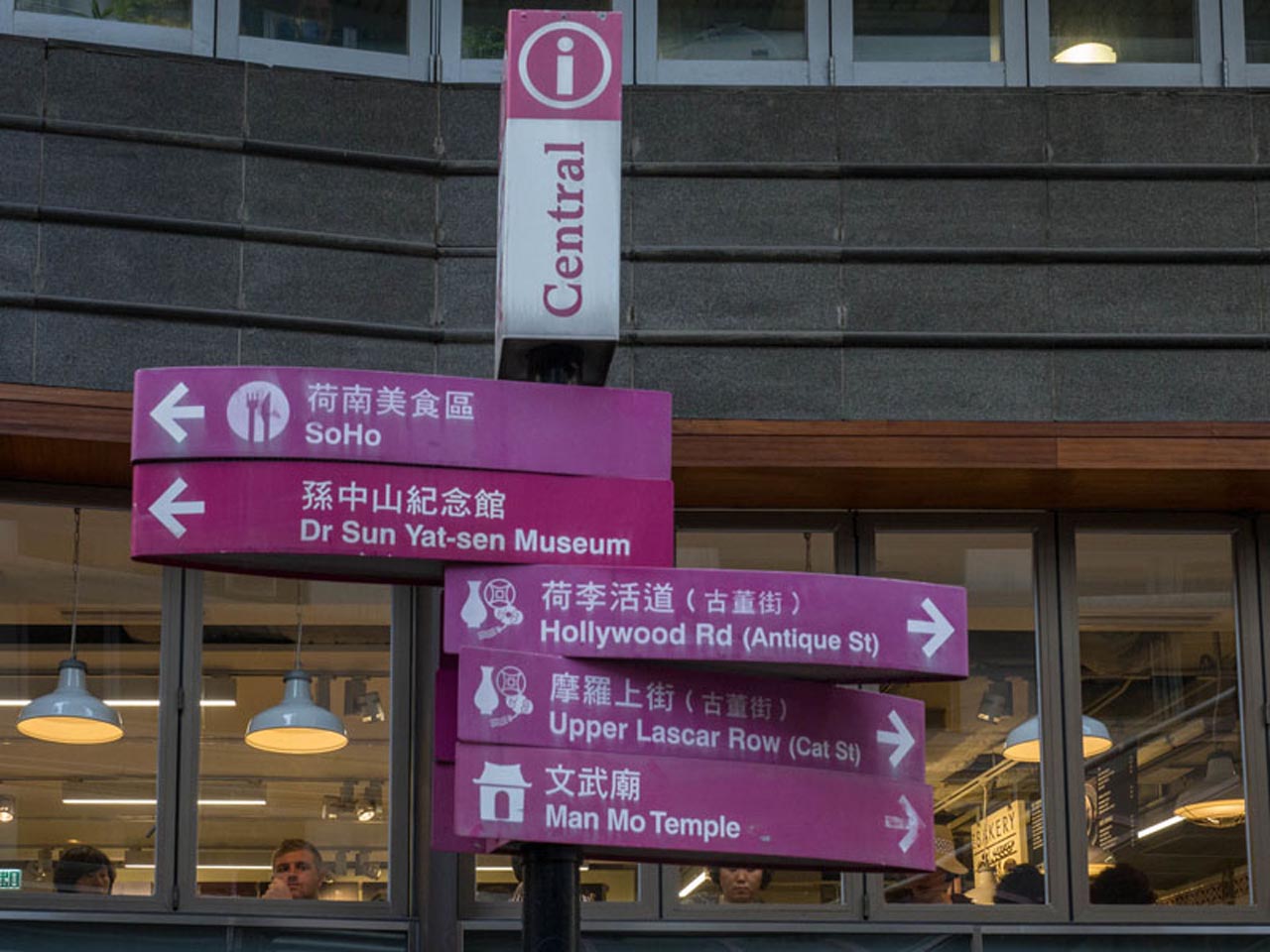
What is the Man Mo Temple?
The Man Mo Temple, a place where locals and visitors alike gather to worship the god of literature (Man Tai) and the God of war (Mo Tai). It is poised halfway up Victoria Peak on Hollywood Road.
Its prime real estate overlooking the city, just a few minutes walk from the heart of the trendy SOHO district of Hong Kong.
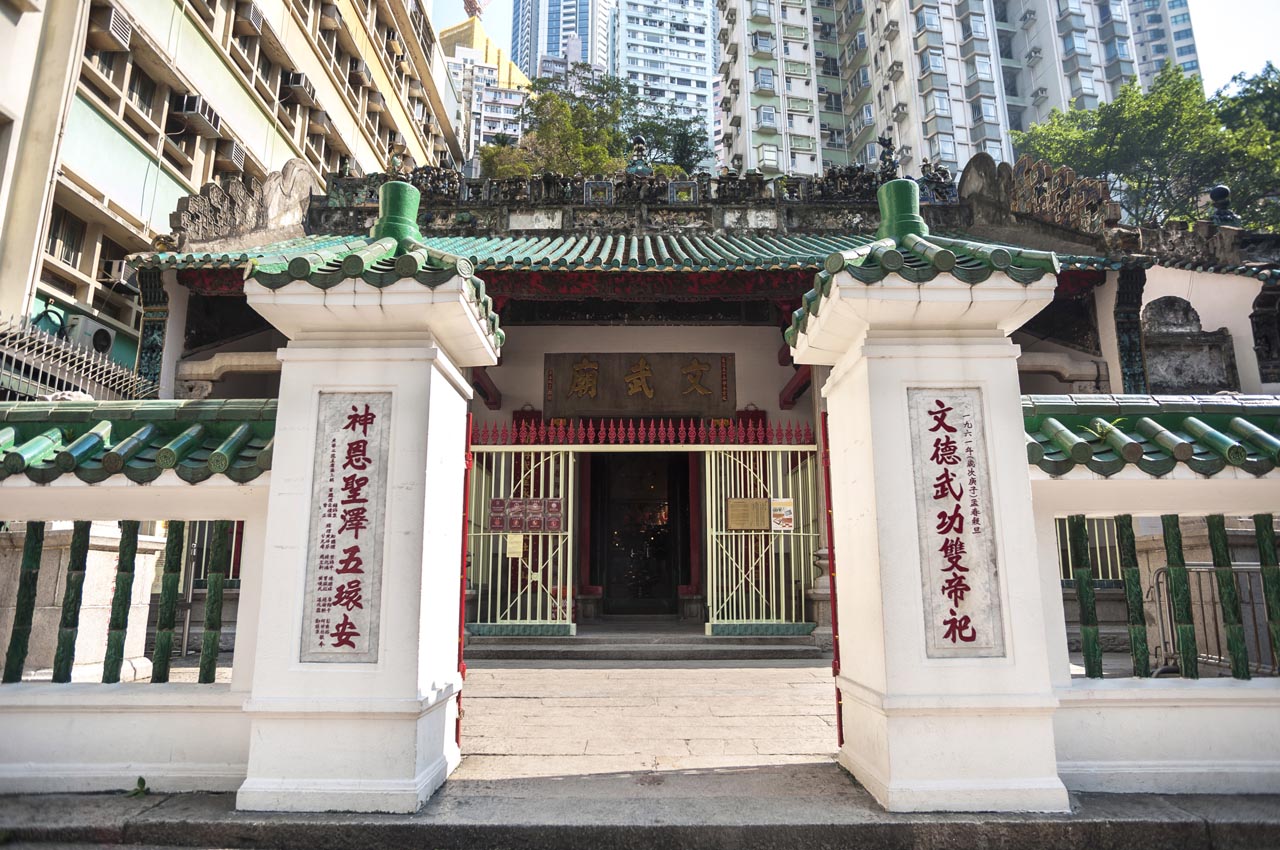
The temple is a smoky, aesthetic wonderland used to this day by locals to pray for academic or literary success.
Check out another great temple in Hong Kong: Ten Thousand Buddha’s Monastery
The Chinese Fortune Sticks
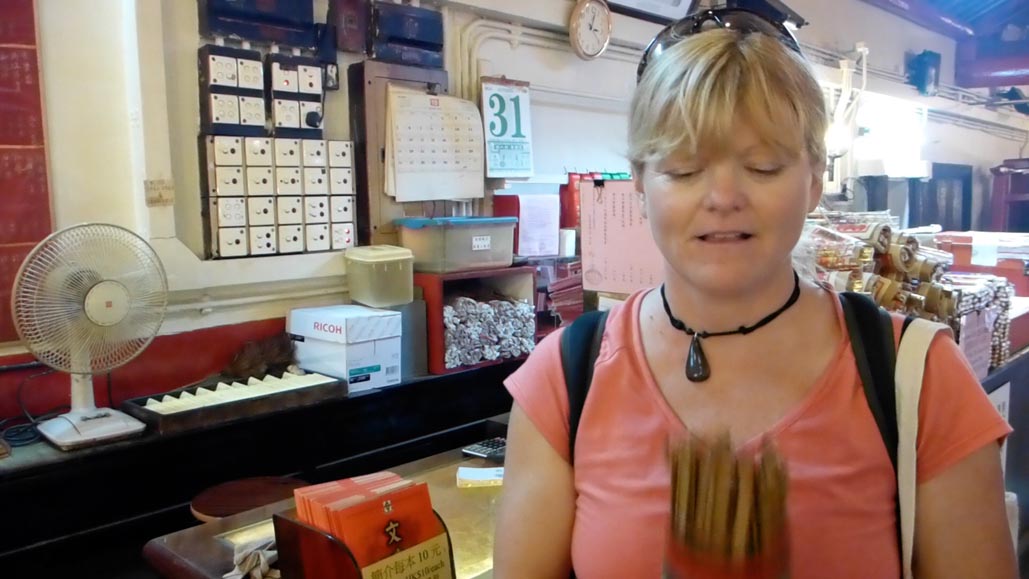
When visiting the Man Mo Temple, be sure to have your fortune told.
There are fortune tellers around the temple, but a more interesting way is to use the fortune sticks inside the temple.
On a counter, there is a tube of sticks that once you ask a question, you shake the jar until one stick rises to the top.
Take that stick and bring it to the Man Mo Fortune Stick predictions book, and turn the page to the number your stick tells you.
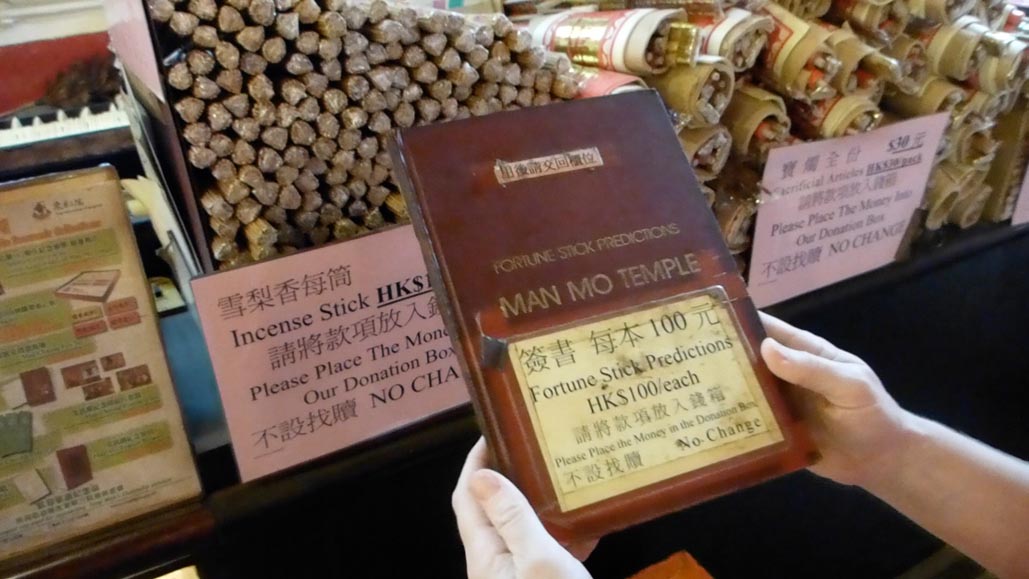
It will then give you a prediction to the answer to your question.
Settle Disputes at Man Mo temple
The temple is also used to safely and calmly settle disputes (hence: god of war!). As such, it isn’t uncommon for the odd visitor to witness a meeting among locals calmly discussing a matter!
To this day, Man Mo Temple holds a critical place in society, as it represents the traditional, social and religious practices of the Chinese community.
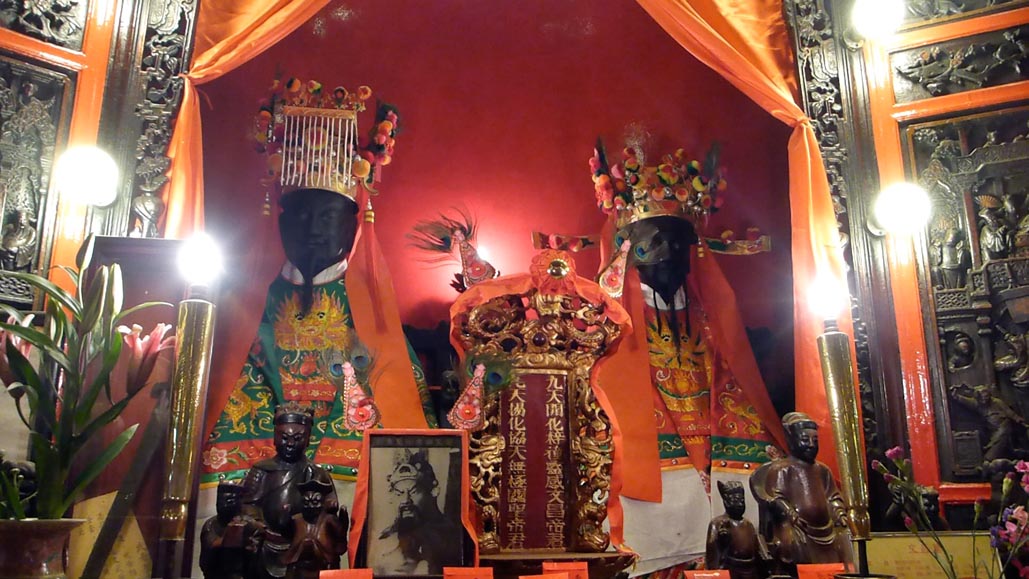
As a structure, the temple is evidence of exquisite craftsmanship and remains a quintessential example of traditional Chinese architecture.
It’s elaborately decorated with ceramic figurines, wood and granite carvings, plaster mouldings, and a series of murals.
The temple is comprised of the main building and several adjacent assembly halls.
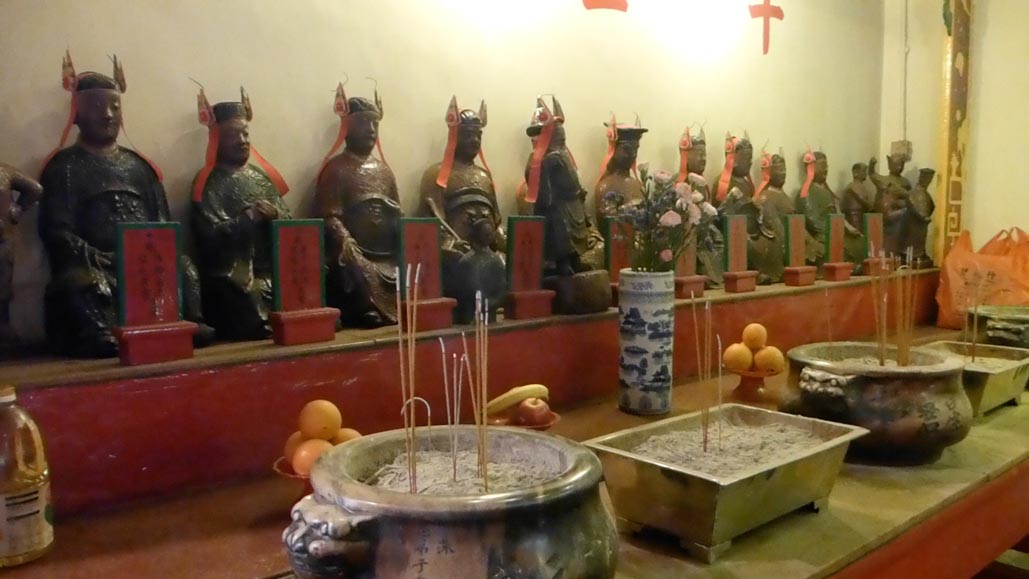
The main building of the complex is dedicated to Man Tai and Mo Tai, and the other halls are subsequently dedicated to their appropriate gods.
The entire complex a vast and colourful marvel that’s a must-see for anyone visiting Hong Kong.
History of Man Mo Temple

Man Mo Temple was built in 1847 during the Qing Dynasty by wealthy Chinese merchants.
Since 1908, it’s been managed by one of the city’s hospital groups (Tun Wah Group of Hospitals).
Hong Kong Historic Building
It was given the prestigious title of a “Grade I historic building” in 1993 and, not surprisingly, declared a monument soon after.
Besides being a place of worship, Man Mo Temple has historically been used as a court of sorts—a place where Chinese and the colonialists resolved their conflicts during the time of the concessions.
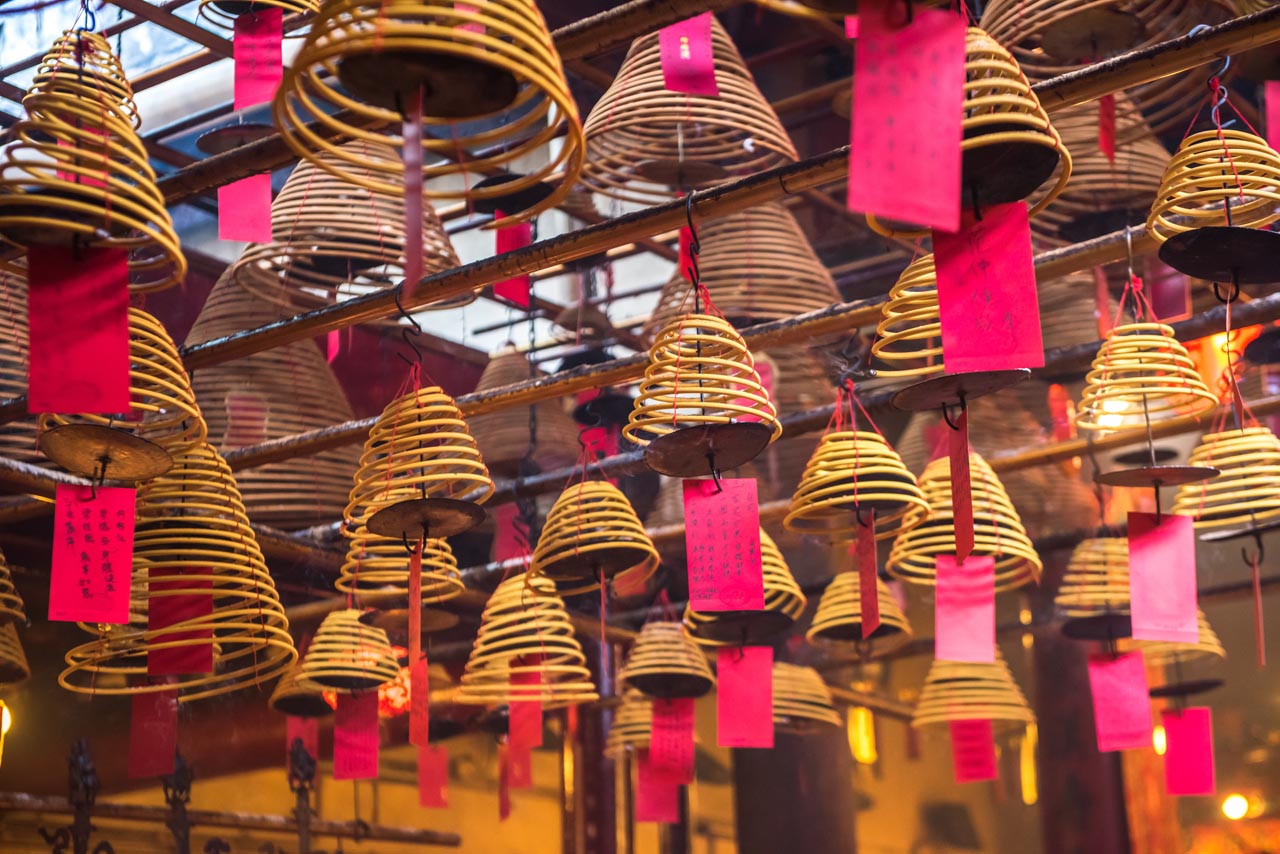
Its other halls served different purposes, which ranged from worship spaces to general meeting places.
To this day, the temple still honors its historical purpose and continues to be used by locals to settle disputes!
Man and Mo Gods of the Temple
The two gods for whom the temple is dedicated, Man and Mo, can be seen throughout the temple in various depictions.
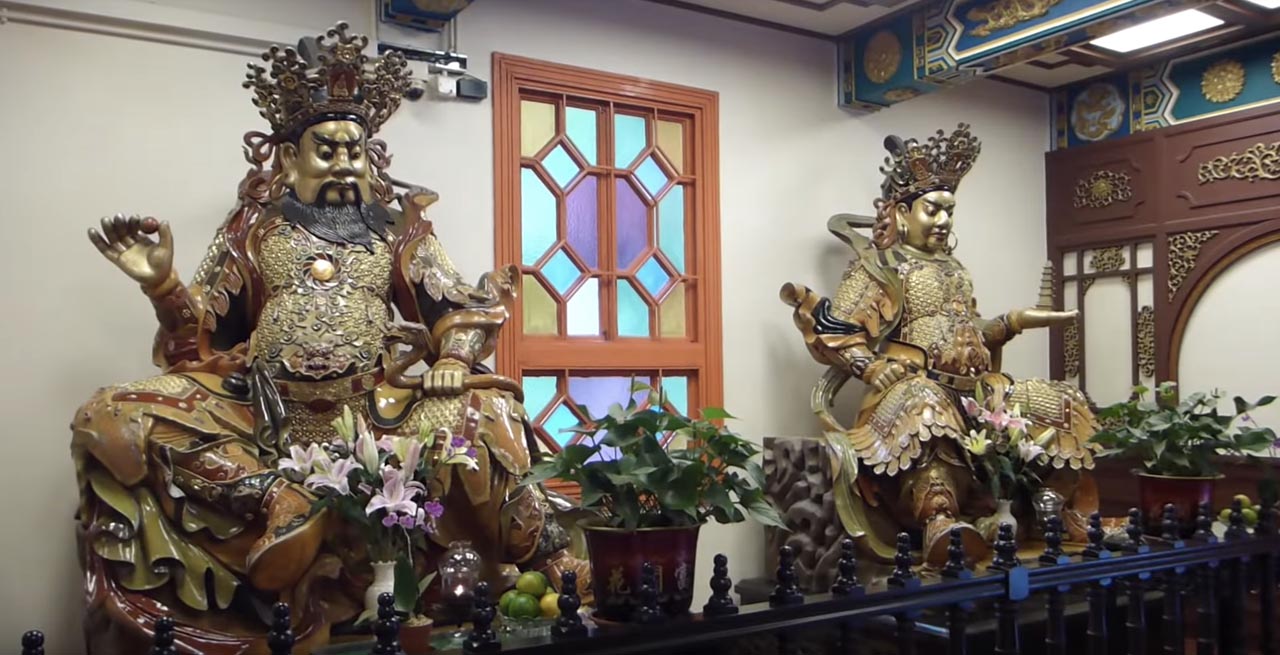
Man, the god of literature, is often holding a writing brush, while Mo, the god of war, wields a sword.
Historically, the two gods were sought out by Chinese in the event of an examination—it was believed that proper worship would bestow upon them good fortune and academic success.
What to expect
Man Mo Temple is part of a complex that comprises three adjacent blocks—Man Mo Temple, Lit Shing, and Kung So.
All are open to the public (and free), which makes visiting a breeze
The temple’s outside is unassuming, and its rather plain wooden exterior is extremely misleading considering the wonders that lie inside.
Also outside the temple, a series of plaques can be found—these were often carried around during processions.

Though they are not written in English, one of the plaques requests silence and the other warns menstruating women to keep out of the main hall (don’t worry, ladies, this isn’t in effect today!).
Incense Coils of Man Mo Temple
Once inside, prepare for a smoky, mystical atmosphere full of reds and golds; large incense coils hang from the ceiling and burn nonstop.
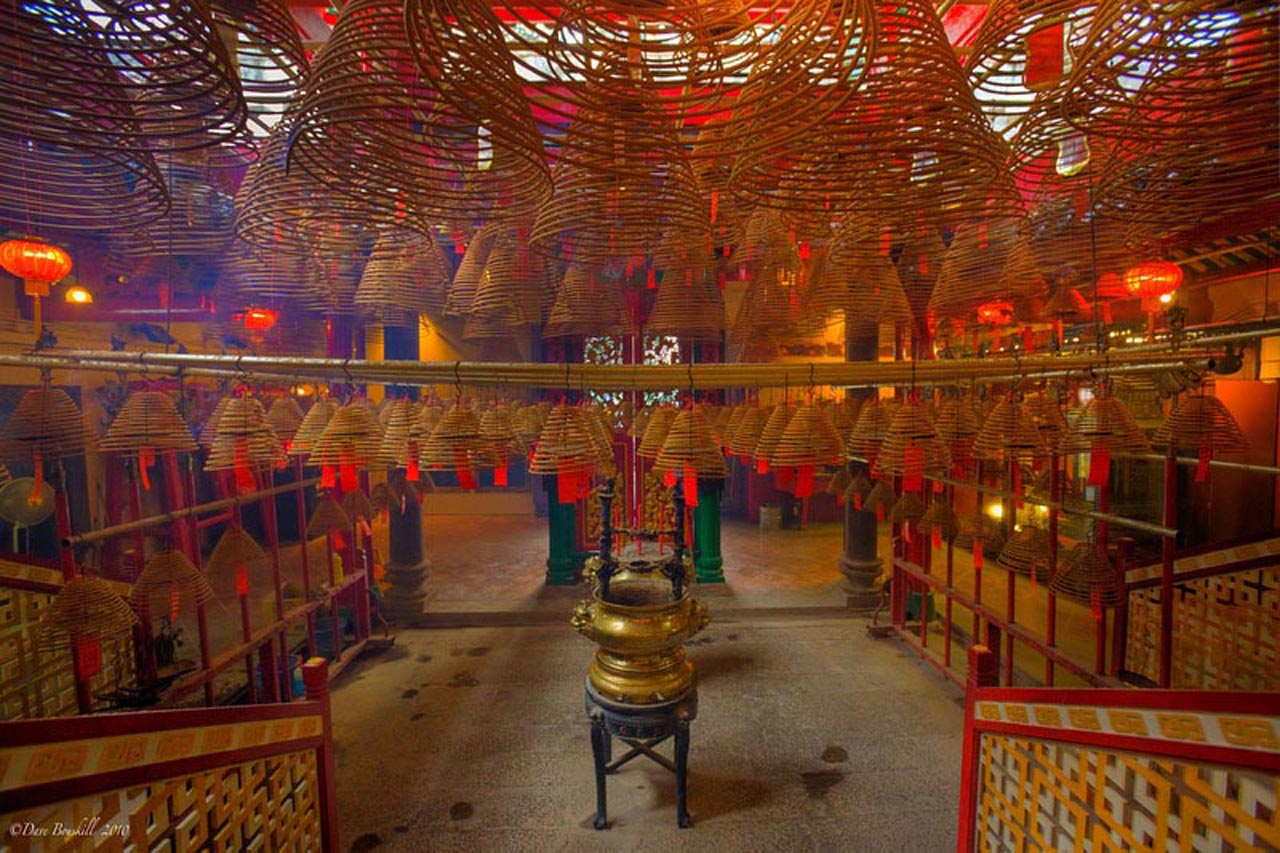
Seen as offerings to the gods, incense is everywhere at Man Mo Temple, so take precaution if you’re especially sensitive to smoke!
People purchase a coil and write a wish on a red card. As the incense burns, the smoke carries the wishes to the heavens.
Other Facts
Although Man Mo Temple has often been renovated, its original appearance is completely preserved and has therefore not lost an ounce of authenticity.
This is perhaps part of what makes it such a unique destination—it’s untouched by time.
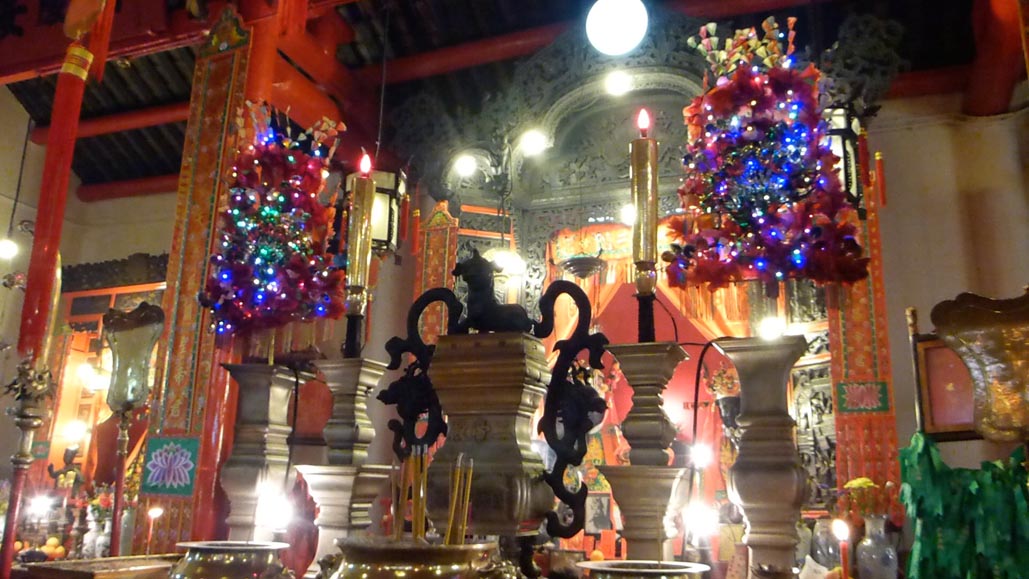
As part of the temple’s centerpiece, two exquisite chairs from the 19th-century can be found, each carved with intricate designs.
They are extremely impressive pieces that were used to carry Man and Mo during festivals.
Tips for visiting Man Mo Temple
- Man Mo Temple is open daily from 8 am to 6 pm
- Entrance to the temple is free.
- Accessible either by hiking or a via a covered escalator which is considered to be the longest in the world!
- Remember to keep your voice down while inside the temple, and take photos with caution; this is a place of worship, and so visitors and locals alike should take extra care to respect the meditative, quiet atmosphere of the place.
- Address of Man Mo Temple – 124-126 Hollywood Rd, Central, Hong Kong
- Take the escalator from Queens Road Central and take it to Hollywood Road.
- If hiking, head to Victoria Peak and follow the signs to the temple.
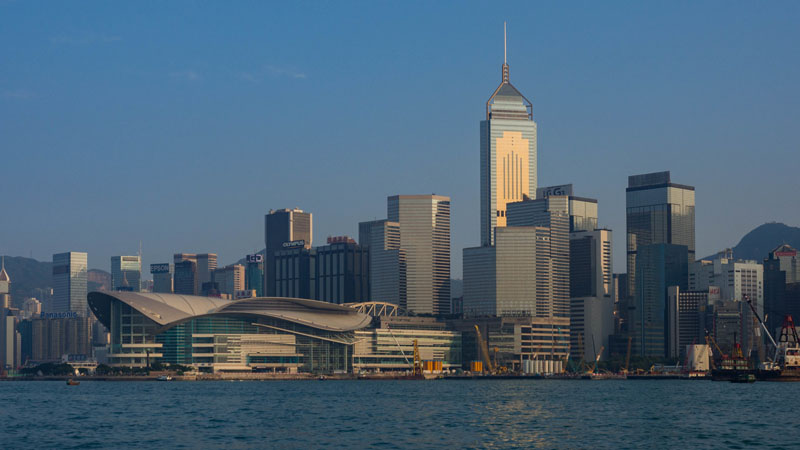
Things to do near Man Mo Temple
- If you’re in the mood for further sightseeing, be sure not to miss the Zoological and Botanical Garden nearby.
- The Hong Kong Cultural Center is also close to the temple and makes for a nice pairing after the smoky atmosphere of Man Mo.
- Be sure to explore the cafes and boutiques of SOHO (South of Hollywood) neighborhood.
- Victoria Peak is nearby and you can take the tram up.
- Plus, you are not far from the antique stores that line the streets near man mo temple.
- After all is said and done, check out the tiny gift shop on site!
Pin to Save to Pinterest
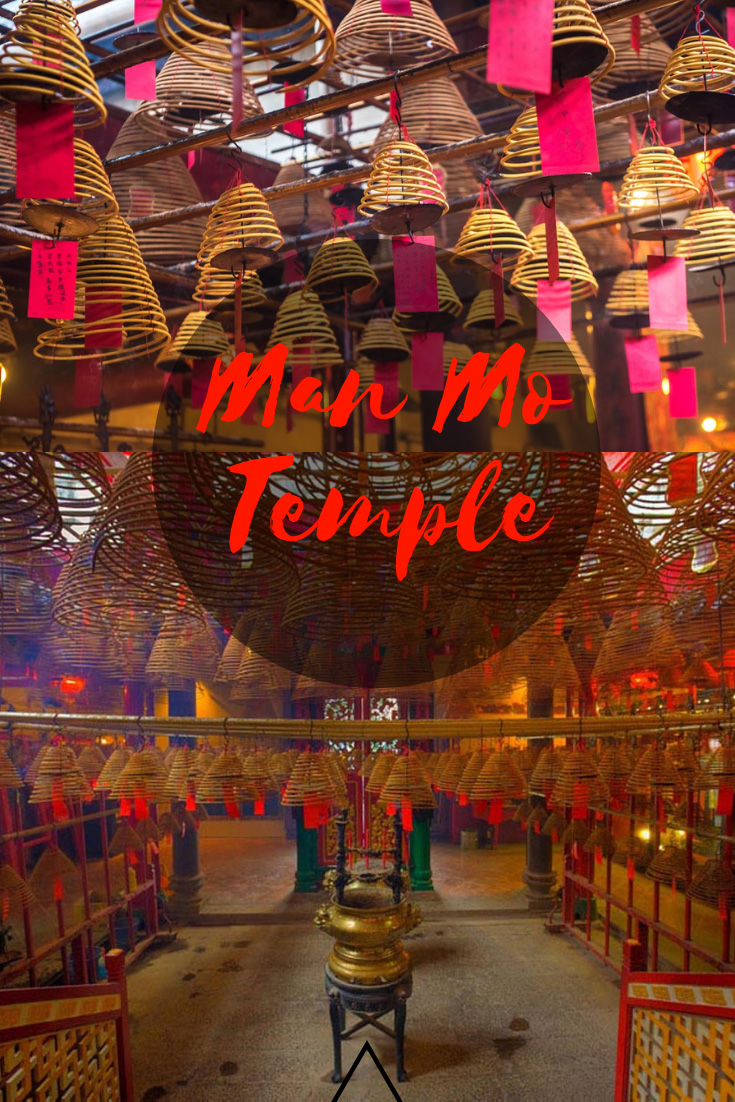
Read More
Where to Stay in Hong Kong – A Local’s Guide to the Best Places and Accommodation


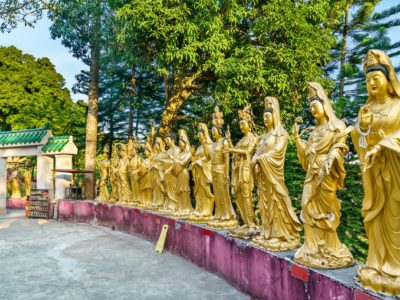
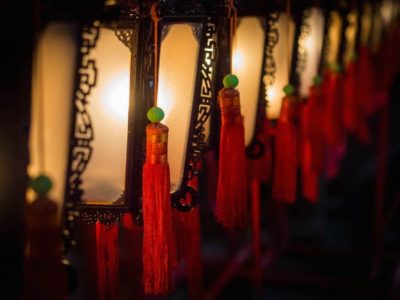
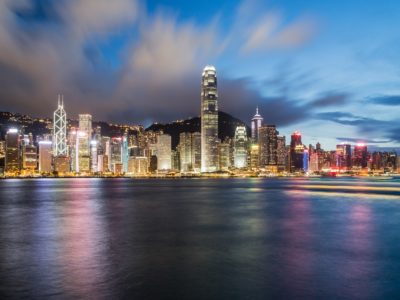
Wow, I’ve never seen so many incense coils in one place. Does the smell become overwhelming? On another note, I find it interesting that the temple is for two gods with pretty varying areas of expertise.
Amazing post, really want to go Man Mo Temple after reading this.
I do not know what to say except that I have enjoyed reading your article. I will keep visiting this blog very often. I’ll use this information for my work.
just amazing place
I so regret I missed this temple while in Hong Kong :/ well, hopefully I will have another chance, hong kong is such a big hub
Anita, What about the cost? is it costly Hong Kong? i am making a plan to go with family on jan 2020 so i want estimate info.